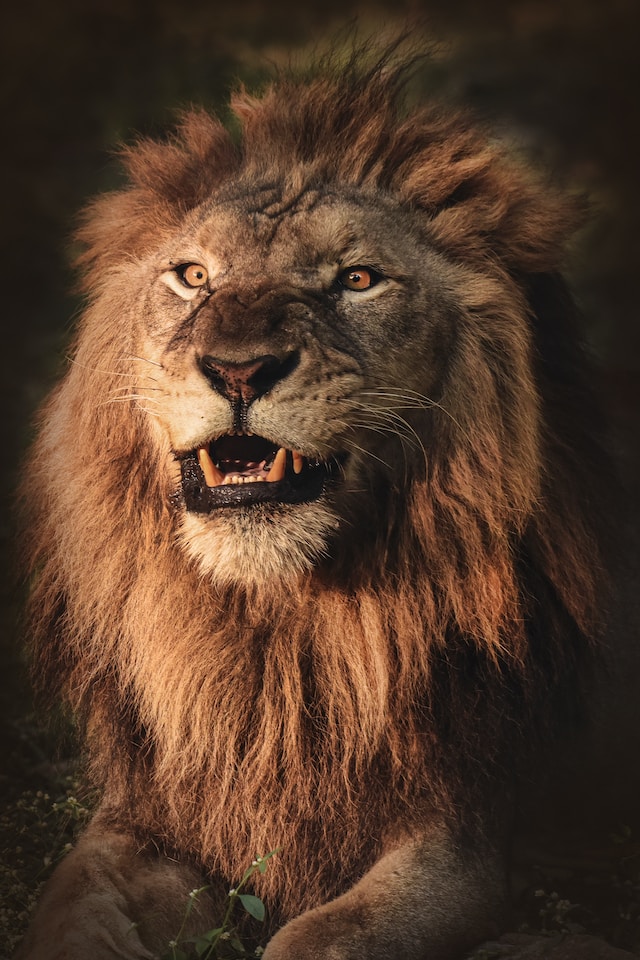In a groundbreaking development that promises to revolutionize the field of lion conservation, new research has emerged, providing invaluable insights into lion diagnoses and disease prevention. These recent findings are shedding light on the health challenges faced by these magnificent creatures and offering hope for their long-term survival. Today, we delve into the world of scientific discovery and explore how it is propelling lion conservation efforts forward.
One of the key areas of focus in recent research has been the exploration of infectious diseases that affect lion populations. Scientists and wildlife veterinarians are working hand in hand to better understand the dynamics of disease transmission and identify effective prevention measures. By studying the prevalence and impact of infectious diseases, such as feline immunodeficiency virus (FIV) and tuberculosis, researchers are gaining crucial knowledge to develop targeted intervention strategies.
Cutting-edge genetic research has also played a pivotal role in unraveling the mysteries of lion health. By analyzing the genetic makeup of lion populations, scientists can identify individuals at higher risk of inheriting genetic disorders. Through advanced genetic testing, researchers can provide valuable insights into the prevalence and distribution of these disorders, enabling conservationists to implement targeted breeding programs to reduce their occurrence.
Moreover, advancements in diagnostic techniques are transforming the landscape of lion healthcare. Non-invasive methods, such as remote sensing technology and thermal imaging, are being utilized to monitor the health of lions in the wild. This enables researchers to detect early signs of illness, track disease outbreaks, and implement timely interventions to protect vulnerable populations. These non-invasive approaches minimize stress for the animals and offer a more comprehensive understanding of their health status.
In the realm of disease prevention, vaccination campaigns have emerged as a powerful tool in safeguarding lion populations. Collaborative efforts between conservation organizations, wildlife veterinarians, and local communities have led to successful vaccination programs. By immunizing both wild and captive lions against infectious diseases, conservationists are actively reducing the risks of outbreaks and protecting the long-term viability of these iconic creatures.
In addition to disease-specific research, scientists are investigating broader aspects of lion health, such as the impact of habitat loss and human-wildlife conflict. These studies provide critical insights into the complex interplay between ecological factors and lion well-being. By understanding the connections between habitat degradation, human encroachment, and stress-related diseases, researchers can devise holistic conservation strategies that address the root causes of health challenges faced by lions.
Crucially, collaboration is at the heart of these research endeavors. Scientists, conservation organizations, and local communities are working together to collect data, share expertise, and implement findings on the ground. This interdisciplinary approach ensures that research outcomes are translated into actionable conservation practices that have a tangible impact on the health and survival of lion populations.
While these scientific advancements offer hope, challenges remain in translating research into effective conservation policies. Limited funding, political barriers, and the need for community engagement pose ongoing hurdles. However, the commitment of researchers and conservationists to bridge the gap between science and conservation is steadily propelling efforts forward.
In conclusion, new research in lion diagnoses and disease prevention is illuminating the path toward a brighter future for these magnificent creatures. From understanding infectious diseases and genetic disorders to developing non-invasive diagnostic techniques and implementing vaccination campaigns, scientists and conservationists are working tirelessly to protect lion populations. By combining cutting-edge research with collaborative conservation efforts, we are paving the way for the sustained well-being and conservation of the king of the savannah.




